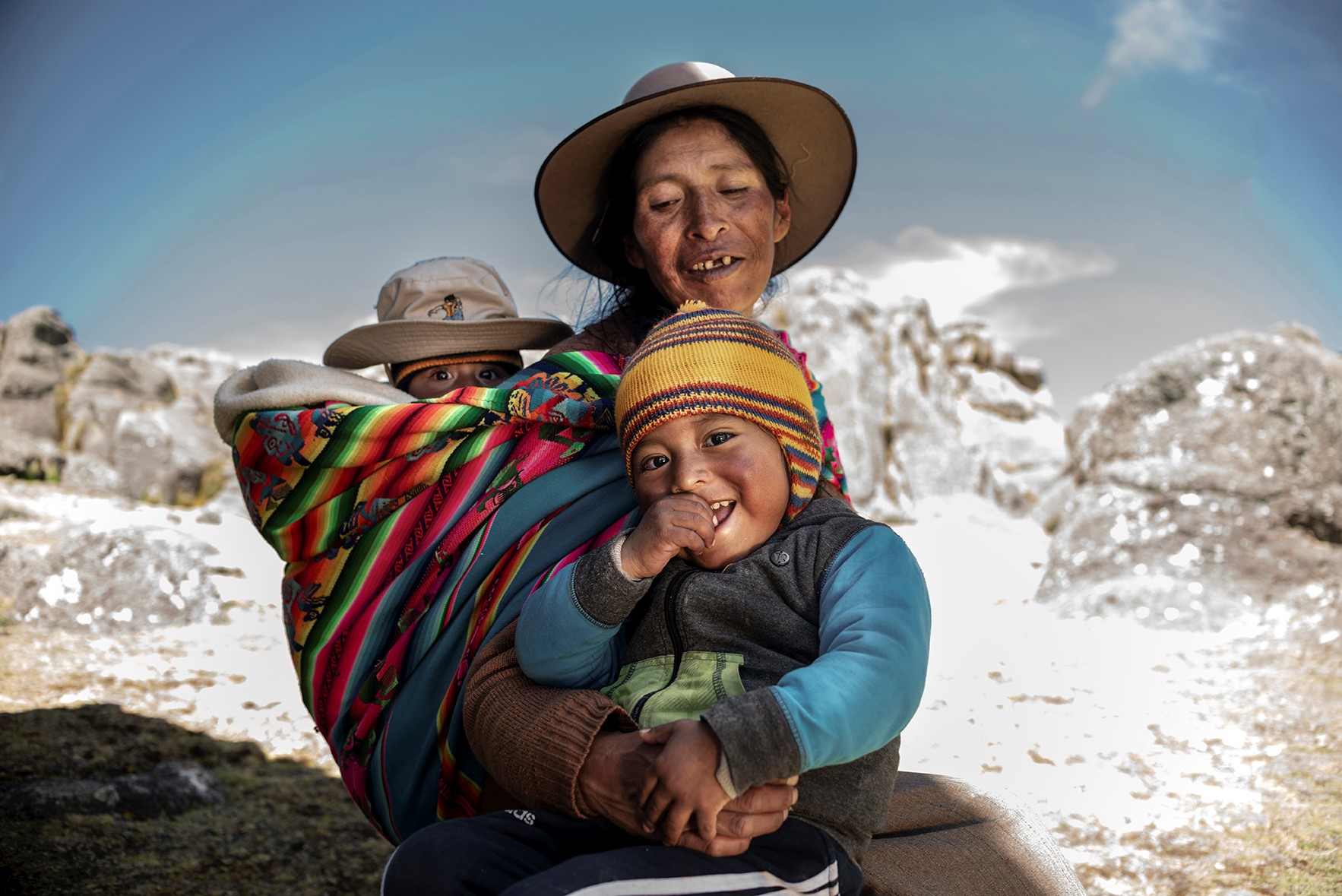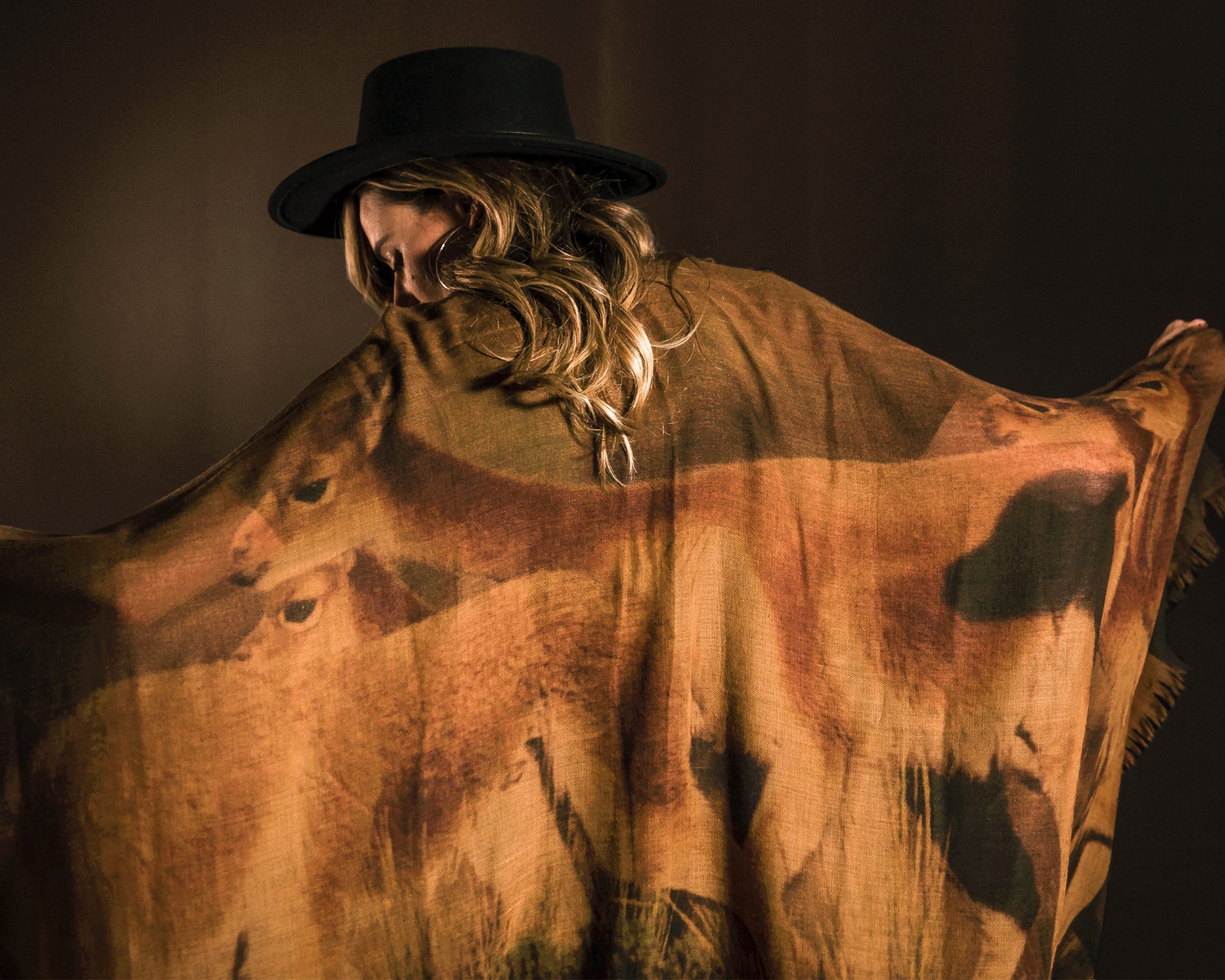
QB Founder Mike Safley examines the sustainability of alpaca and vicuna fiber production and discovers camelid fiber is the...

QB Founder Mike Safley examines the sustainability of alpaca and vicuna fiber production and discovers camelid fiber is the...

Quechua Benefit is partnering with Picotani to construct a system to water vicunas during the dry season. Dale presents...

QB Founder Mike Safley examines the sustainability of alpaca and vicuna fiber production and discovers camelid fiber is the...

QB Founder Mike Safley examines the sustainability of alpaca and vicuna fiber production and discovers camelid fiber is the...

QB Founder Mike Safley examines the sustainability of alpaca and vicuna fiber production and discovers camelid fiber is the...